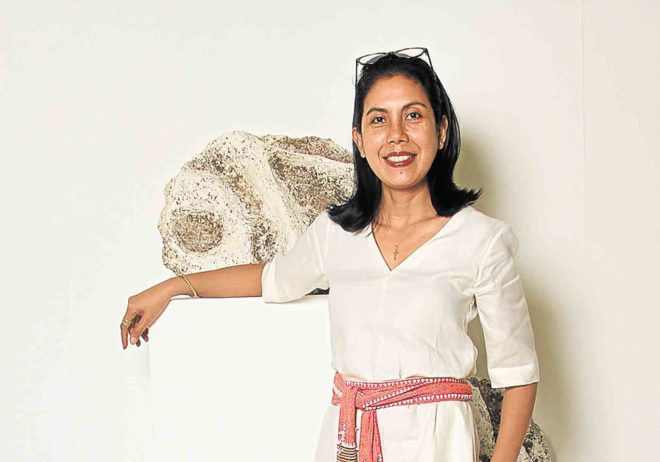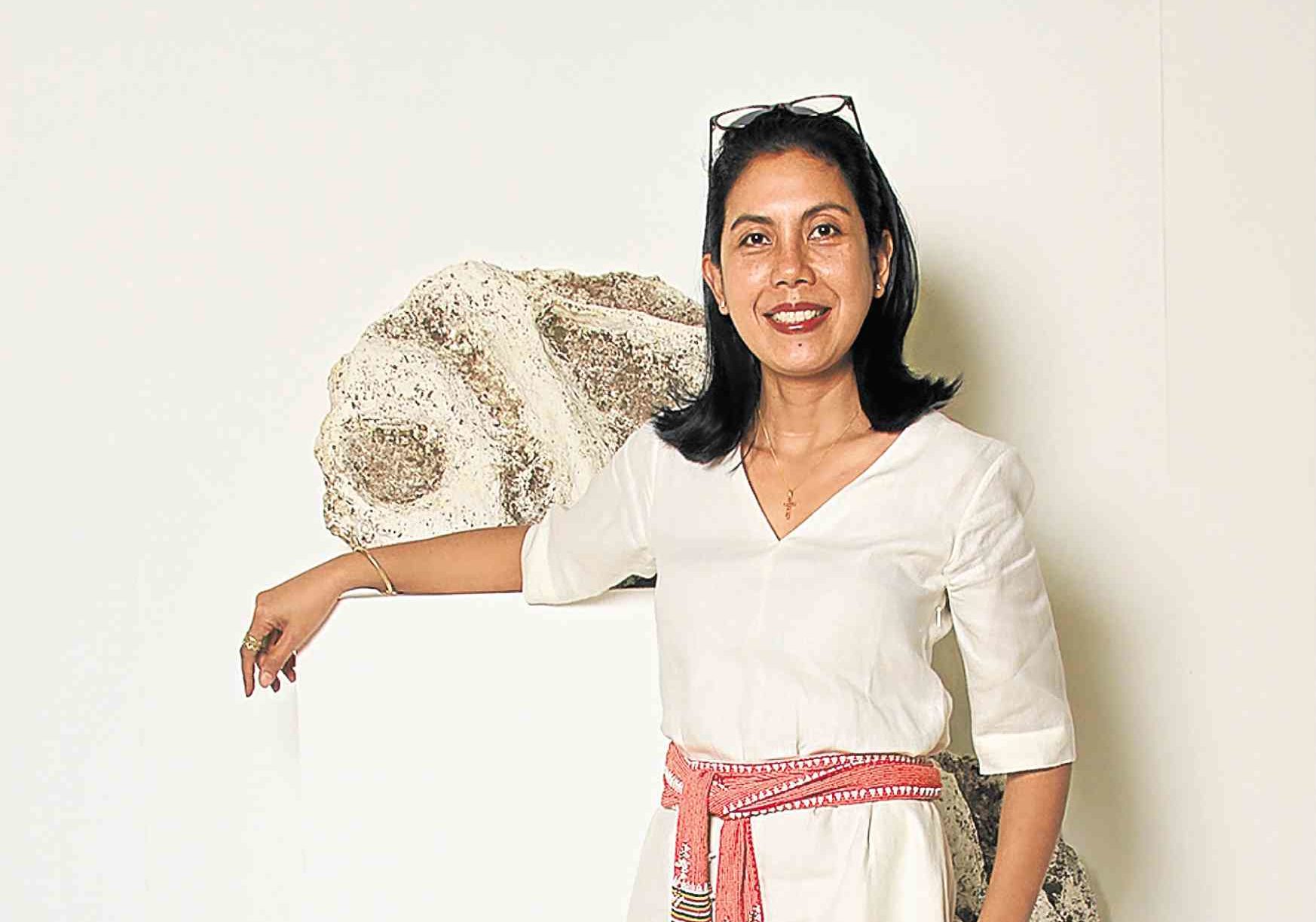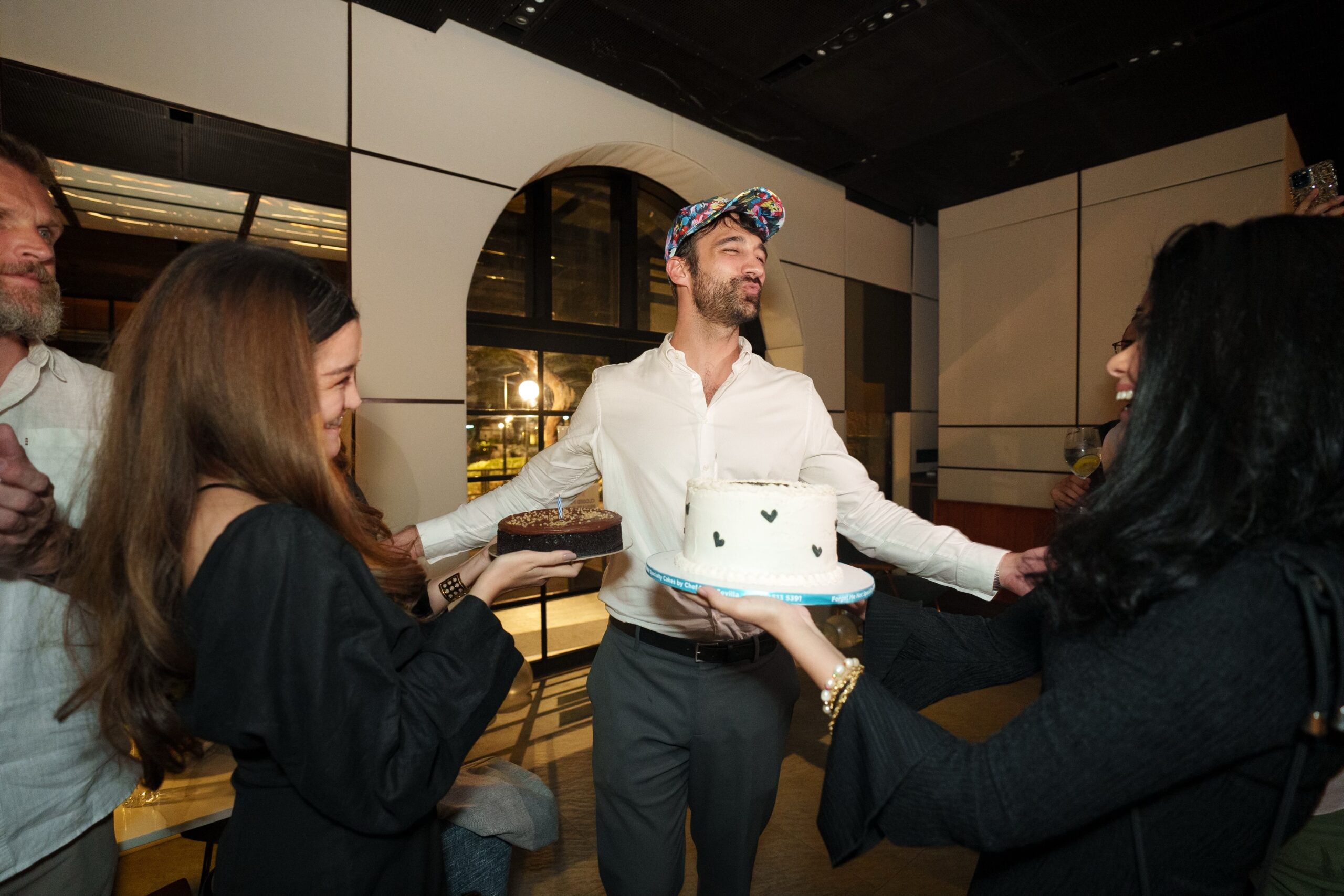
At the recent Ternocon, entrepreneur Lenora Luisa “Len” Cabili’s ethnic-inspired brand Filip+Inna proved that fashion can bring culture and societies together in creative ways.
Cabili’s label is a fine example of how cultural appropriation or the borrowing of art, fabric and costumes from other cultures as design influences can resonate with the modern woman.
Workshop facilitator Gino Gonzales said that if a traditional garment such as the terno was not handled properly, it might look like a product in a tourist souvenir shop rather than a wearable item.
“Len has the perfect mix,” he said. “She used indigenous techniques and made them relatable. Her clothes are contemporary and nice to look at. They don’t look like antique pieces. She can help designers.”
While other foreign labels have been getting a bad rap for poaching or misrepresenting cultural symbols, Filip+Inna has been adopting native crafts and imagery from the ethnolinguistic groups and making them into easy-fitting clothes. Filip+
Inna has shown the cultural diversity of the Philippines and the level of workmanship that appeals to the well-traveled and sophisticated market.
“Cultural appropriation is on everyone’s lips,” Cabili said. “We always take inspiration from something. The most important thing is to give respect and to credit the source. If you are using traditional patterns, that group or culture should have a stake in your project.”
Indigenous cultures
Cabili grew up exposed to indigenous cultures. In her home province Iligan, she was exposed to the malong of the Maranaw. The okir or waves and the sarimanok patterns were later integrated into
Filip+Inna. In her mother’s province, Basilan, she appreciated the various weaves of the Yakan textiles. During her stint with the Bayanihan Dance Company, she widened her knowledge of the regional costumes.
The trips to Mindanao and her interactions with the tribes led her to develop a modern, casual line that infused traditional embroidery, beadwork and textile patterns. One of her earliest designs were the cross-stitched patterns by the T’boli around Lake Sebu.
Ten years ago, she launched her business overseas by writing to Indagare, a luxury travel company that was holding trunk shows. Cabili bravely sent an e-mail and photos of her design. Her first shipment was sold to the affluent shoppers in Southampton, New York.
To this day, Cabili’s first customers still order Filip+Inna.
“These are women who love to travel and appreciate different cultures. They love handmade products,” she said.
Strengthening ties
In the Philippines, one of the early adopters was Rep. Lucy Torres-Gomez, who bought an Anya dress, a linen shift with T’boli patterns.
The linens are sourced abroad and sewn in Manila. The clothes and threads are wrapped in Ziploc bags and shipped to Lake Sebu, Saranggani and Marawi. She also works with embroiderers from Lumban and Taal, weavers of Balay ni Atong in Abra, and Ancestral Crafts, which revives traditional products such as weaving from north to south.
Filip+Inna’s success lies in being respectful of cultures and strengthening ties with artisans.
“When I started Filip+Inna, I wanted to put a spotlight on the artisans. They are the reason the brand has grown,” she said. The names of the artisans are usually indicated in the clothes.
The key is personal relationship with artisans, she noted. “Conflicts arise and mistakes happen, but because of our bond, we open up and work things out. There is investment in time, effort and building that relationship that has been sustained in last 10 years,” she said.
Moreover, the women can rely on the embroidery and beadwork to give them stable income, compared with the returns from farming, which is dependent on harvests.
On her involvement with the Ternocon, Cabili said she supports any activity that promotes traditional garments in the mainstream.
“The piña is normally used for weddings and formals today. In the past, we wore it all the time. I hope that people will look at the terno with different eyes and find ways to wear it as often as they can. It must be the go-to attire, not an option,” she said. –CONTRIBUTED
Filip+Inna has a pop-up store at 2/F. Power Plant Mall, Makati City.









































